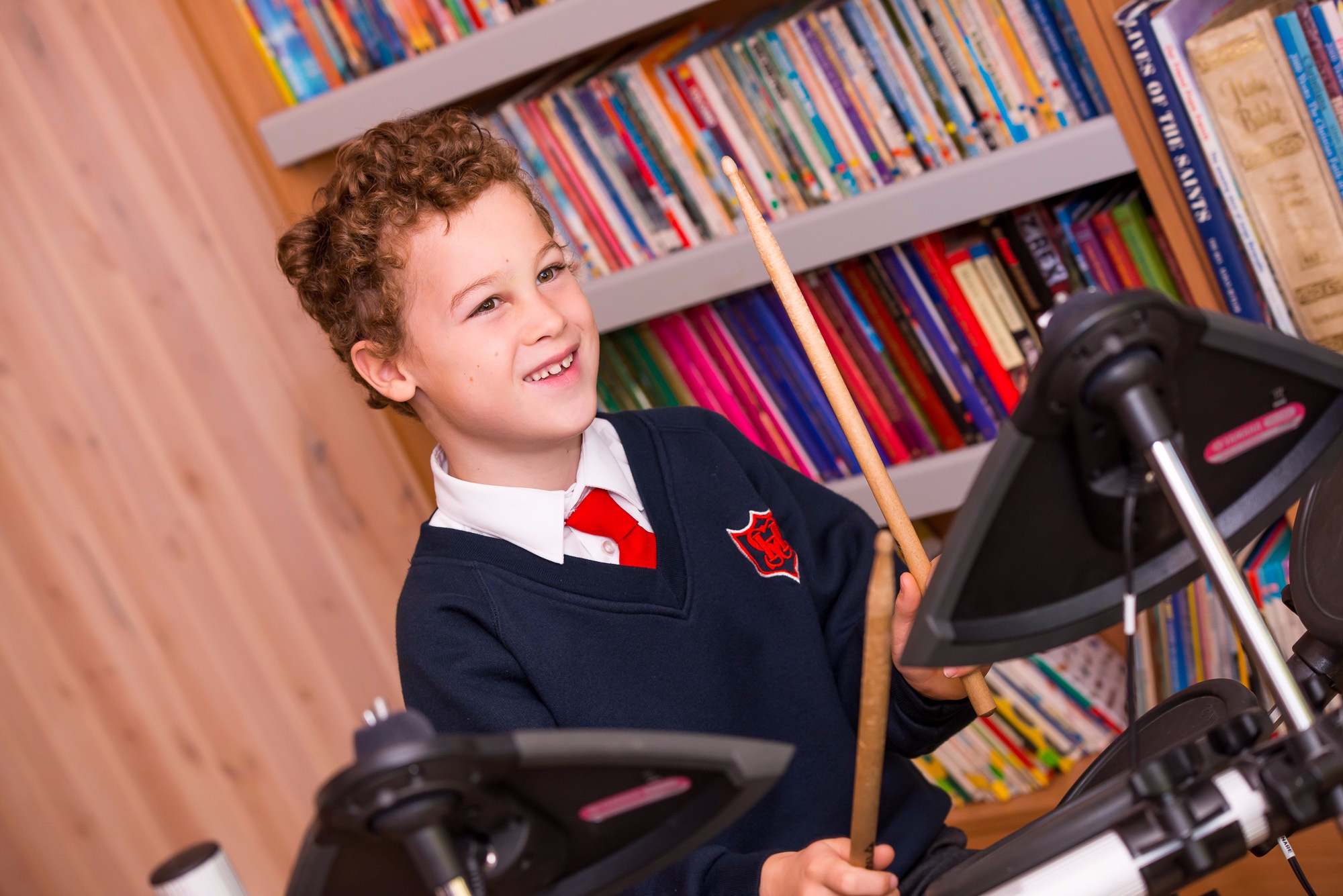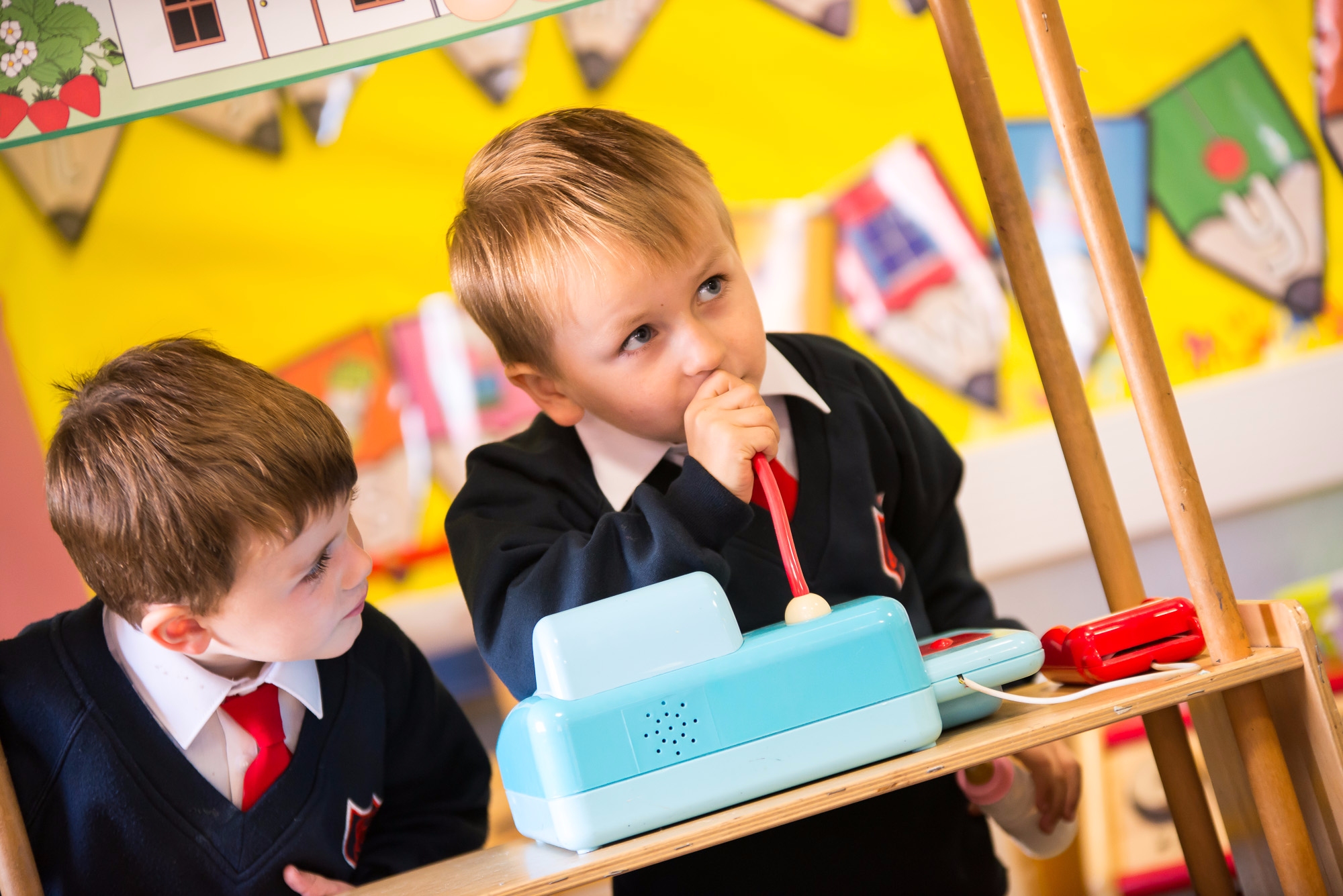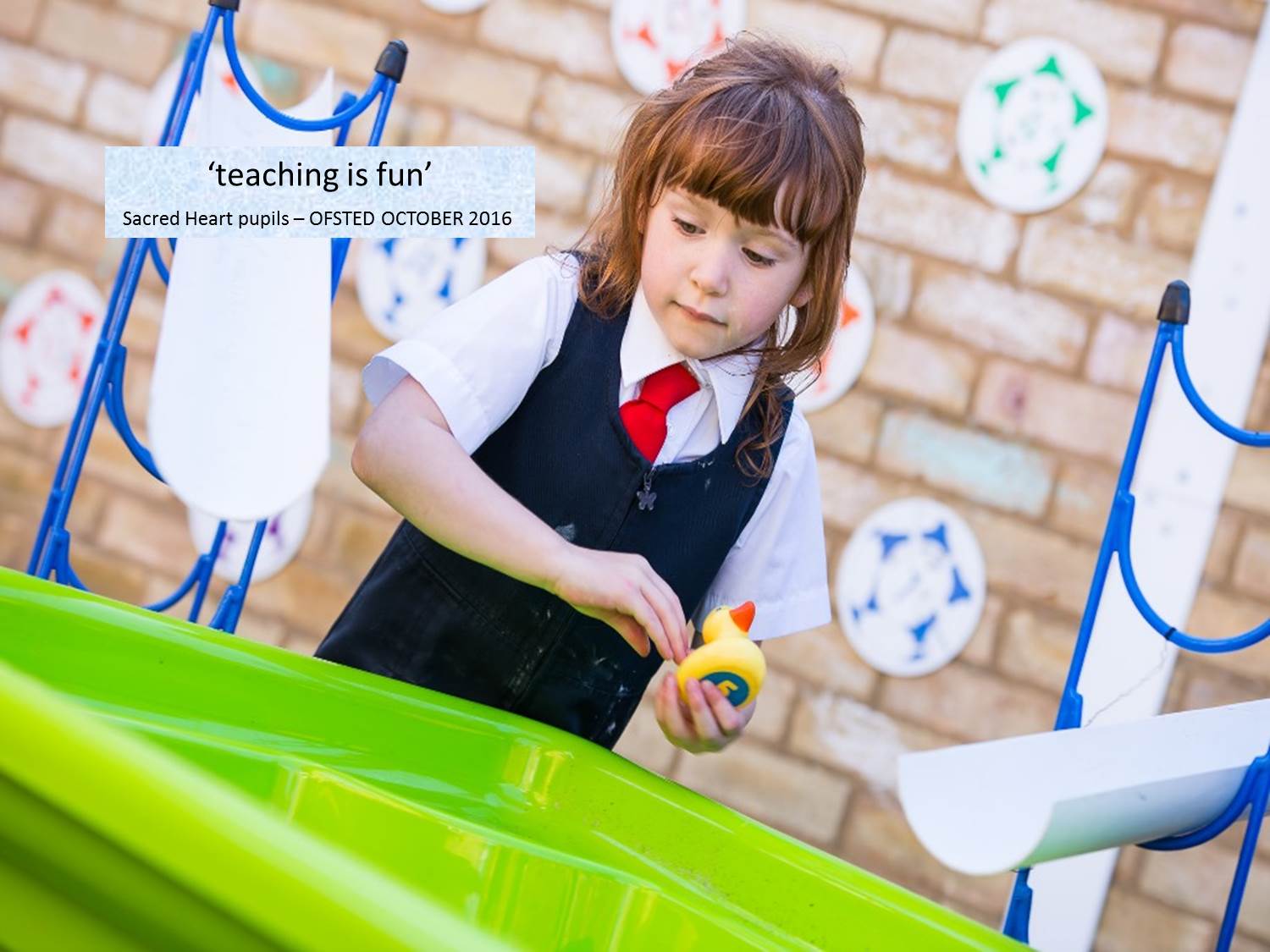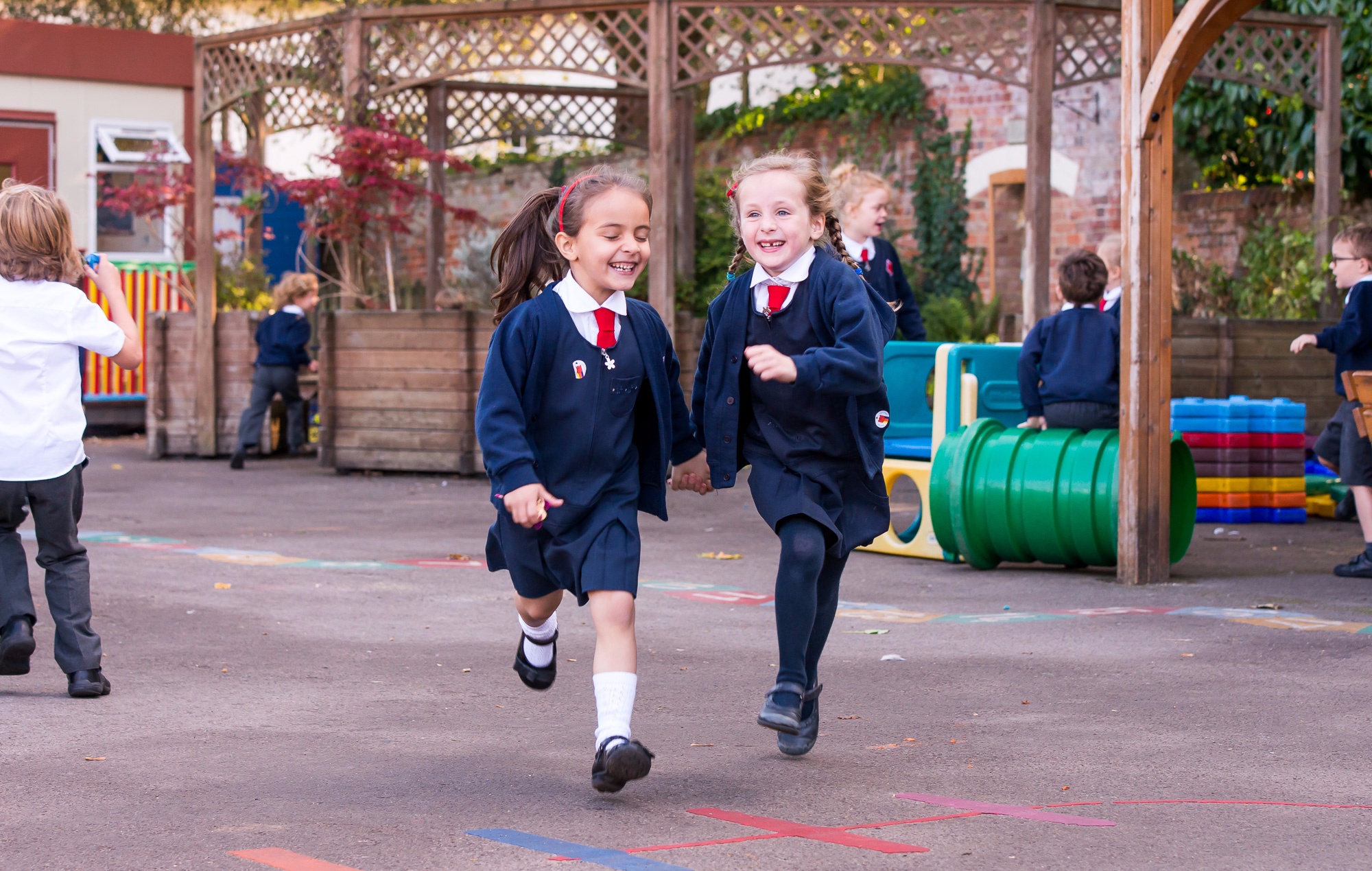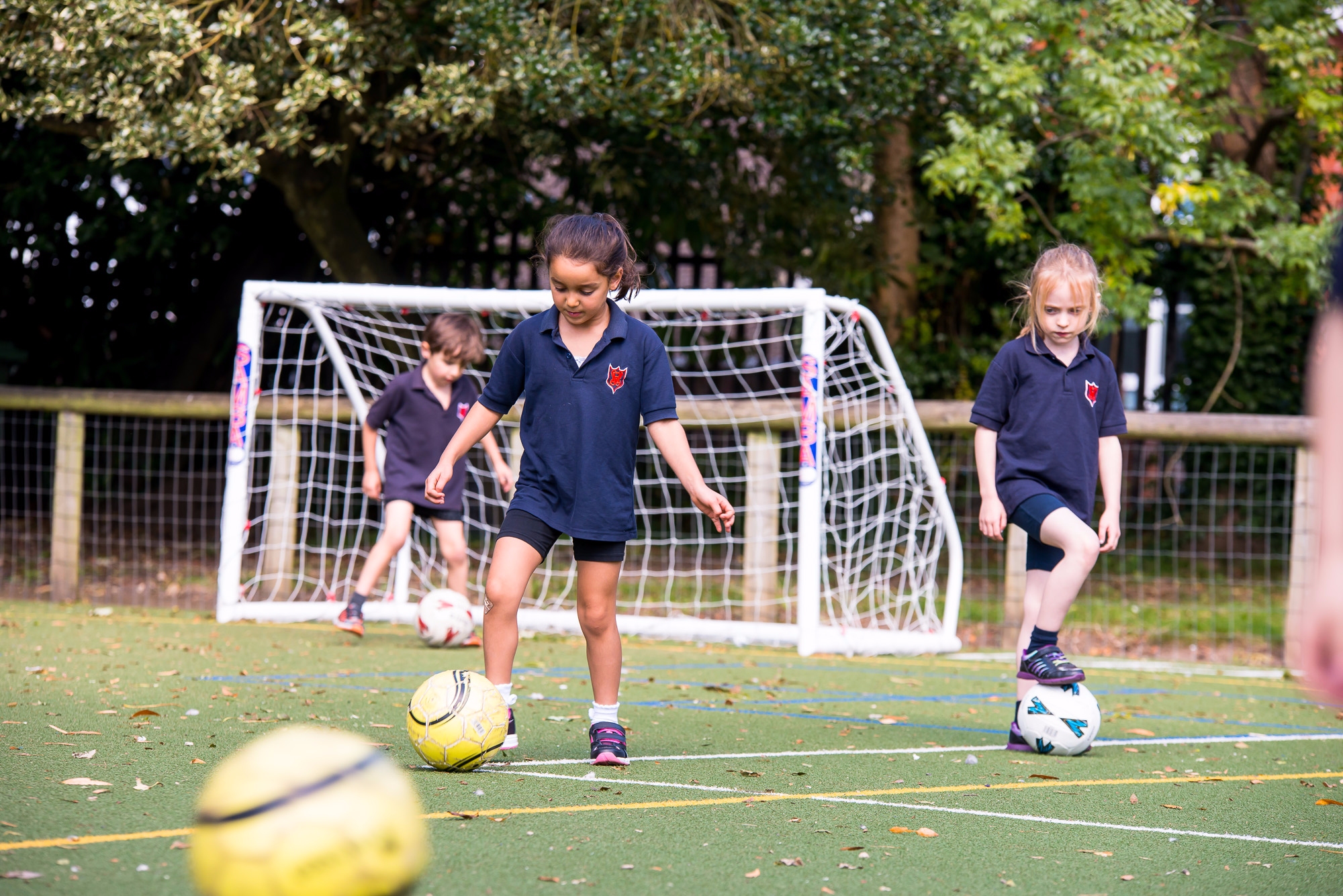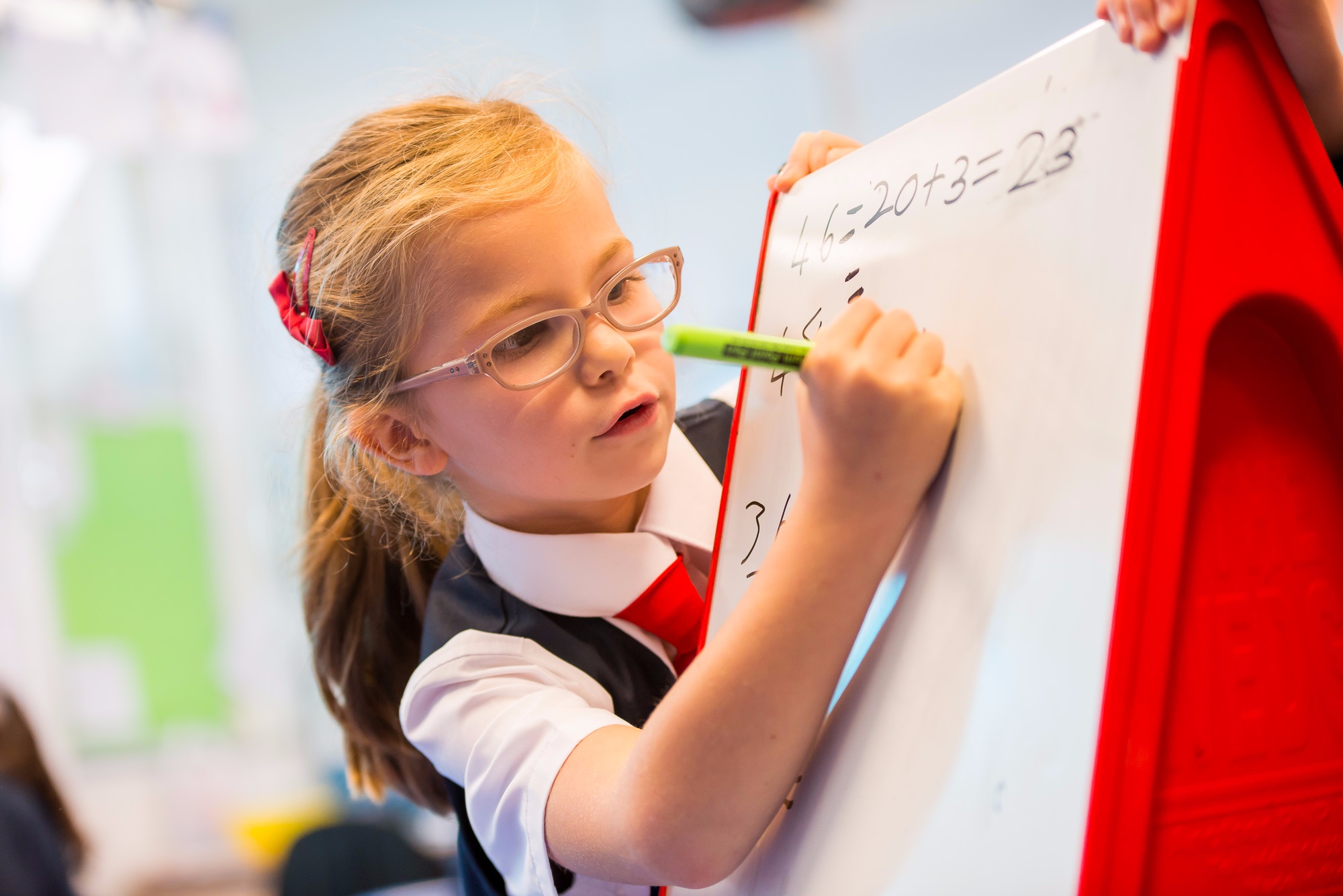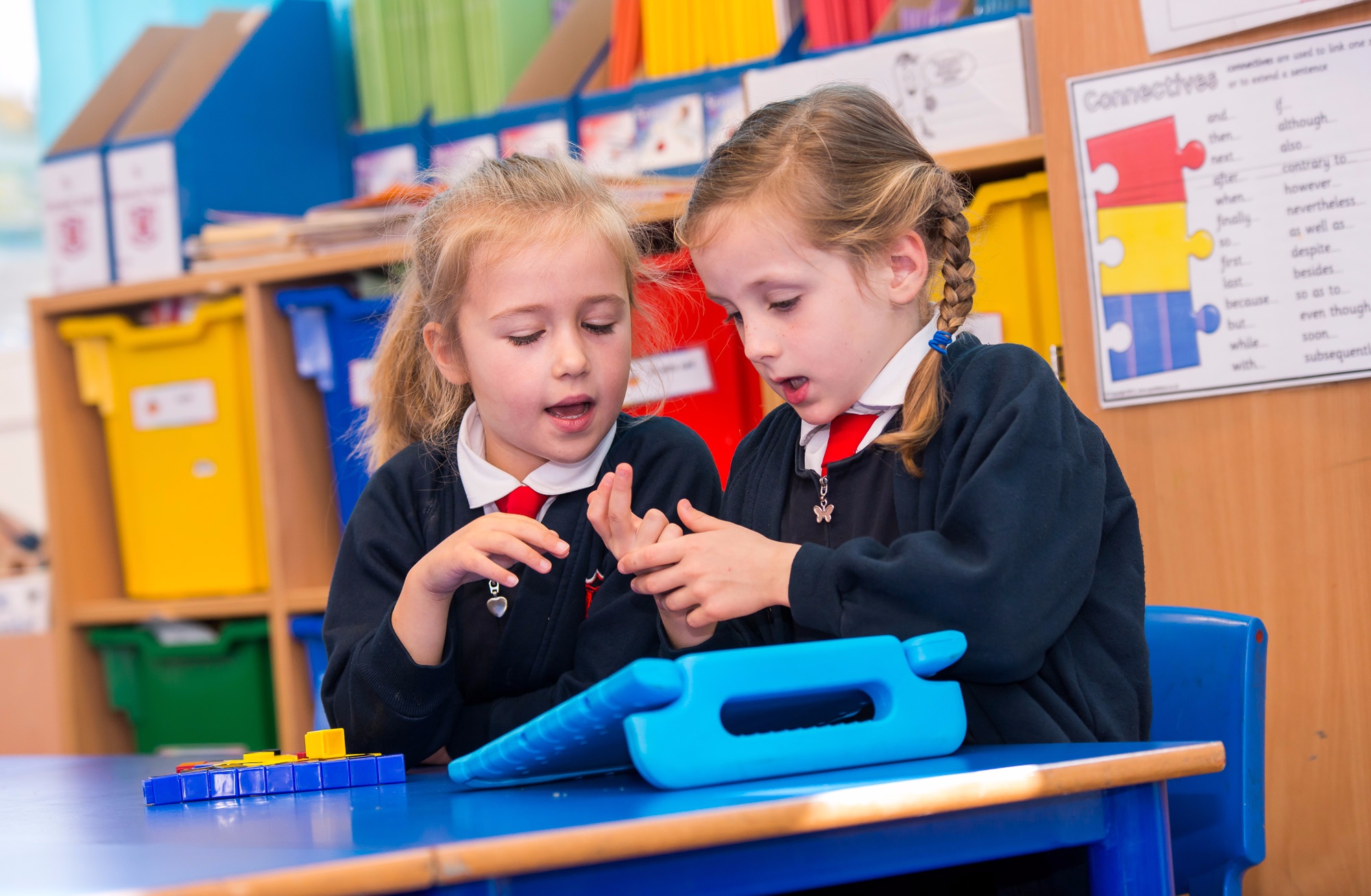Year 3
At Sacred Heart, we use The Oxford Reading and Writing Criterion to aid us in our assessment of reading and writing skills.
These criteria describe the reading and writing journey that children make, from their first pre-writing behaviours through to a more complex and sophisticated understanding and mastery of writing skills. The reading and Writing Criterion Scales break down children’s development into small steps so that it is easy to identify the point children have reached, and the steps they need to make next in order to progress.
Although the criteria are set out in a rough hierarchy, every child’s reading and writing journey is different, so the Criterion Scales support a ‘best-fit’ teacher judgement against national expectations.
Reading Essential Skills
By the end of Year 3, children should be able to:
![]() Use a range of strategies to establish meaning from texts, including specific strategies for working out the meaning of unfamiliar vocabulary.
Use a range of strategies to establish meaning from texts, including specific strategies for working out the meaning of unfamiliar vocabulary.
![]() Read aloud with intonation and expression, taking into account punctuation and use of dialogue.
Read aloud with intonation and expression, taking into account punctuation and use of dialogue.
![]() Offer explanations and opinions, using evidence from the text.
Offer explanations and opinions, using evidence from the text.
![]() Identify some aspects of author craft, e.g. specific structures or language choices used.
Identify some aspects of author craft, e.g. specific structures or language choices used.
![]() Identify a range of non-fiction text types and their purpose
Identify a range of non-fiction text types and their purpose
Essential Writing skills:
The following skills must be secured as a priority in Year 3:
![]() Produce close to a side (or more) of A4 writing that is clear and coherent with one or more strong features, responding mainly correctly to stimulus and purpose (not in a retelling, narrative or poem).
Produce close to a side (or more) of A4 writing that is clear and coherent with one or more strong features, responding mainly correctly to stimulus and purpose (not in a retelling, narrative or poem).
![]() Write sentences which show some variety, at least in the words with which they open, and which include some descriptive language and/or detail, including adjectives, adverbs and associated expanded phrases.
Write sentences which show some variety, at least in the words with which they open, and which include some descriptive language and/or detail, including adjectives, adverbs and associated expanded phrases.
Use some ambitious words for their age (occasional misuse or ‘purple prose’ is acceptable).
![]() Spell all CVC and most common words on the Year R, 1 and 2 word lists correctly, plus most simple compound words. Spelling of unknown complex words should be phonetically logical.
Spell all CVC and most common words on the Year R, 1 and 2 word lists correctly, plus most simple compound words. Spelling of unknown complex words should be phonetically logical.
Use simple past and present tenses mainly correctly.
![]() Correctly use three or more different connectives and three or more different types of punctuation, with most sentences demarcated with final punctuation followed by a capital letter.
Correctly use three or more different connectives and three or more different types of punctuation, with most sentences demarcated with final punctuation followed by a capital letter.
![]() Produce handwriting which is controlled, mainly regular in size and becoming neat. There may be evidence of joining.
Produce handwriting which is controlled, mainly regular in size and becoming neat. There may be evidence of joining.
Year 3 – end of year writing expectations:
By the end of Year 3, children should be able to:
![]() Produce close to a side or more of A4 writing that is clear and coherent with some of the features below.
Produce close to a side or more of A4 writing that is clear and coherent with some of the features below.
![]() Interpret the stimulus and purpose broadly accurately and demonstrate about 75% accuracy in basic skills.
Interpret the stimulus and purpose broadly accurately and demonstrate about 75% accuracy in basic skills.
![]() Show variety in sentence structure, including opening in a range of ways, adding detail and/or description and using a wider range of connectives and punctuation.
Show variety in sentence structure, including opening in a range of ways, adding detail and/or description and using a wider range of connectives and punctuation.
Use interesting language with some use of words that are ambitious for their age (occasional misuse or ‘purple prose’ is acceptable).
Use most past and present tense verbs accurately.
![]() Begin to use direct speech and a wider range of connectives (conjunctions, adverbs and prepositions) to show time, place and cause.
Begin to use direct speech and a wider range of connectives (conjunctions, adverbs and prepositions) to show time, place and cause.
![]() Begin to use paragraphs.
Begin to use paragraphs.
![]() Produce handwriting that is neat and mainly joined.
Produce handwriting that is neat and mainly joined.
![]() Initiate edits and improvements to their work by proof reading what they have written.
Initiate edits and improvements to their work by proof reading what they have written.




